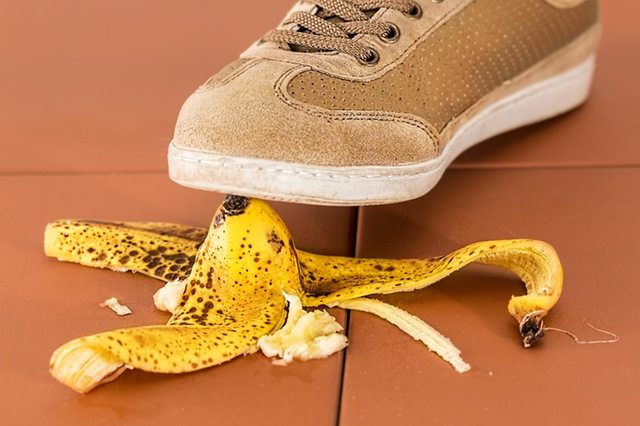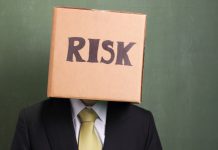The most common injury resulting from a slip, trip, and fall hazards on the same level is sprains and strains of joints and adjacent muscles (59%), followed by contusion with intact skin surface and crushing injuries (14%), and fractures (10%).
You need to examine your storage facilities in order to identify all slip, trip, and fall hazards. Checklists are helpful in identifying the sources of typical hazards, and you should develop a safety checklist for each of your storage facilities. Start by making a list of the locations of concern, and record anything that could be high-risk for each location. Workers should have an input when preparing the checklist, as they’ll know about any potential risks from their experience of doing the task.
Things to pay particular attention to
- Floors and grounds
- Lighting
- Housekeeping, cleaning, and maintenance methods
- Stairs, ramps, sloping surfaces, walkways
- Loading areas
- Tasks being undertaken, including manual handling and work using platform steps or ladders
High risk areas
- Areas where floors can become wet or oily
- Where you store equipment/materials on the floor or at height
- Where external grounds are slippery, uneven or sloping surfaces, ramps and stairs
- Work areas where manual handling tasks such as pushing, pulling, lifting, and carrying items are performed
- Any area where the pace of work causes people to walk quickly or run, high pedestrian traffic areas
- Areas where items are frequently loaded and unloaded
Now you’ve identified the risks, you need to assess each of them. Risk Assessment involves determining the likelihood of an incident occurring, and the level of harm that could result. You’re not likely to find a single cause for slip, trip, and fall hazards, so you need to assess each cause individually.
It’s important to set a priority for the elimination of hazards. For example, the provision of good, slip-resistant footwear alone is not sufficient protection against slipping on smooth floors covered in oil or grease. The first priority should be to avoid these spills. If this proves to be impractical, you need to install suitable slip resistant flooring. Good footwear is also part of the solution. You need to deal with the most serious risks first.
Use the Risk Assessment in consultation with workers to determine the best means of eliminating or controlling the risk. A control measure is something you do to reduce risk. It can be a process, procedure, or action that will eliminate or reduce the risk posed by specific hazards.
You need to establish the control measures for all the identified risks in consultation with your workers. The ideal way to eliminate the problem of slips, trips, and falls is to design and implement the work environment with safety and comfort in mind.
Keep the following control measures in mind
- Suitable locations for electrical leads and power boards, lighting, small equipment, and consumable materials
- You should store materials and equipment suitably for the type and size of storage unit
- Make sure your procedures for cleaning up spills identifies who’s responsible for isolating and cleaning it up without delay
- You need to appropriately train and instruct your workers in your business’ falls prevention procedures and strategies
- Making sure there’s easy access to equipment and materials for cleaning up spills
- Use absorbent materials for cleaning up spills; the material should not leave a residue
- You need to transport and carry containers appropriately to avoid spills; use lids, nets, or covers where necessary
- If poor packaging causes spills, use alternative containers
- Wear the most appropriate footwear for the job and work environment
Safety Makers is a partner of Self Storage Startup. View more of our partners here.







